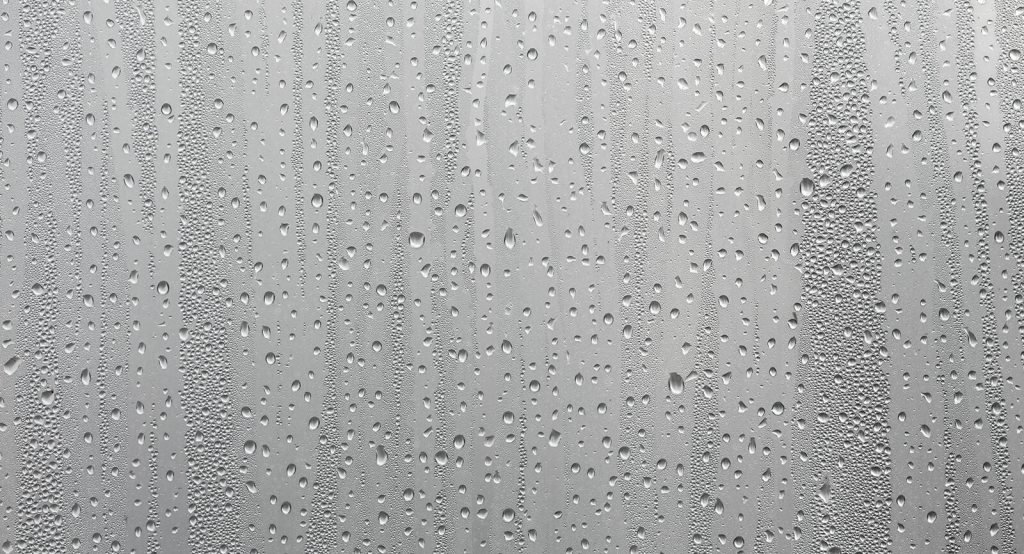Study Compares Rainout Between Two Popular High Flow Nasal Cannula (HFNC) Devices

Published by Sarah Brundidge, MSc, RRT, AE-C
The views and ideas presented in this blog article are solely those of the author, and the content is not intended to serve as medical advice. Vapotherm does not practice medicine or provide medical services. Practitioners should refer to the full indications for use and operating instructions of any products referenced herein before prescribing them. Sarah Brundidge is a paid consultant of Vapotherm.
According to the Centers for Disease Control, the total national healthcare expenditure in 2015 was $3.2 trillion, and 32.3% of that is for hospital care.[1] The cost of healthcare has been steadily increasing and is projected to continue to rise. In 2014 there were 137.8 million emergency department visits, a 14.8% increase since 2006.[2] And while hospitalization rates have decreased by 6.6% since 2005, the mean hospitalization cost, after adjusting for inflation, has increased by 12.7%.[3] While quality of care is paramount, it is crucial for healthcare professionals to find ways to deliver this care most economically, which will require looking beyond simplistic approaches such as minimizing product acquisition costs.
A time and motion study done by Tero and colleagues compared the workflow needs and operational costs of two heated- humidified high-flow nasal cannula (HFNC) systems: Vapotherm Precision Flow system and Fisher & Paykel MR850 heated humidifier system adapted for HFNC.[4] Both Vapotherm and F&P have the functions of heating and humidifying cool, dry respiratory gas and delivering it to the patient via a nasal cannula circuit. Improperly conditioned medical gases, delivered at high flow rates, can lead to drying and damage of the nasal mucosa. To prevent mucosal dysfuntion, delivered medical gas should be heated and humidified to approximate the ideal physiological state of the airway.[5] Vapotherm’s Precision Flow Plus utilizes membrane humification to condition the gases and a heated water jacket tube to protect it from ambient conditions to the patient, while F&P MR850 uses a pass-over humidification chamber and heated-wire circuits.
The prospective, observational study looked at the amount of effort and number of equipment interventions required by staff when using either the Vapotherm or F&P devices in neonatal intensive care units. One Midwest hospital utilized both devices, first the F&P followed by the Vapotherm. Two hospitals in the Northeast used one of the devices, either F&P or Vapotherm. Enrollment criteria was met by a device used to treat a patient for at least 24 hours. Exclusionary criteria included devices used on a patient deemed unstable or medically complex.
A total of 48 and 61 observations were made for F&P and Vapotherm respectively. It is important to note the Midwest institution stopped utilizing the F&P after 17 device observations when auditing of the case report forms exposed the occurrence of clinical events associated with rainout aspiration. Comparison of the interventions data showed F&P required three times more staff interventions than Vapotherm in an 8-hour observation window. Further analysis showed F&P had more incidences of rainout requiring staff to drain water from the patient tubing. The F&P had the following device related events: patient arousal, water in the patient’s airway, crying or irritation of the baby, arterial oxygen desaturation, re-intubation, bradycardia, apnea, and faults in the temperature sensing mechanism. The Vapotherm had none of these harmful incidents.
The study concluded that the increased number of adverse events and staff time required to manage the water condensation may contribute to the overall treatment cost. As healthcare utilization and demands placed on healthcare staff increase, focus should be given to both direct and indirect treatment costs.
You can read the full publication here: Risks Associated With Conventional Humidifiers Adapted for High-Flow Nasal Cannula Therapy in Human Infants: Results of a Time and Motion Study.
REFERENCES
[1] Centers for Disease Control and Prevention. National Center for Health Statistics: Health Expenditures. 2017; https://www.cdc.gov/nchs/fastats/health-expenditures.htm. Accessed September 6, 2017.
[2] Moore BJ, Stocks C, Owens PL. Trends in Emergency Department Visits, 2006–2014. HCUP Statistical Brief #227. September 2017. Agency for Healthcare Research and Quality, Rockville, MD. http://www.hcup-us.ahrq.gov/reports/statbriefs/sb227-Emergency-Department-Visit-Trends.pdf. Accessed September 6, 2017.
[3] McDermott KW, Elixhauser A, Sun R. Trends in Hospital Inpatient Stays in the United States, 2005-2014. HCUP Statistical Brief #225. June 2017. Agency for Healthcare Research and Quality, Rockville, MD. http://www.hcup-us.ahrq.gov/reports/statbriefs/sb225-Inpatient-US-Stays-Trends.pdf. Accessed September 6, 2017.
[4] Tero R, Cecich J, Sanabria O, et al. Risks associated with conventional humidifiers adapted for high-flow nasal cannula therapy inhuman infants: results of a time and motion study. Int J clin Pediatr: 2014;3(4):99-104.
[5] Williams R, Rankin N, Smith T, et al. Relationship between the humidity and temperature of inspired gas and the function of the airway mucosa. Crit Care Med 1996;24:1920-9.